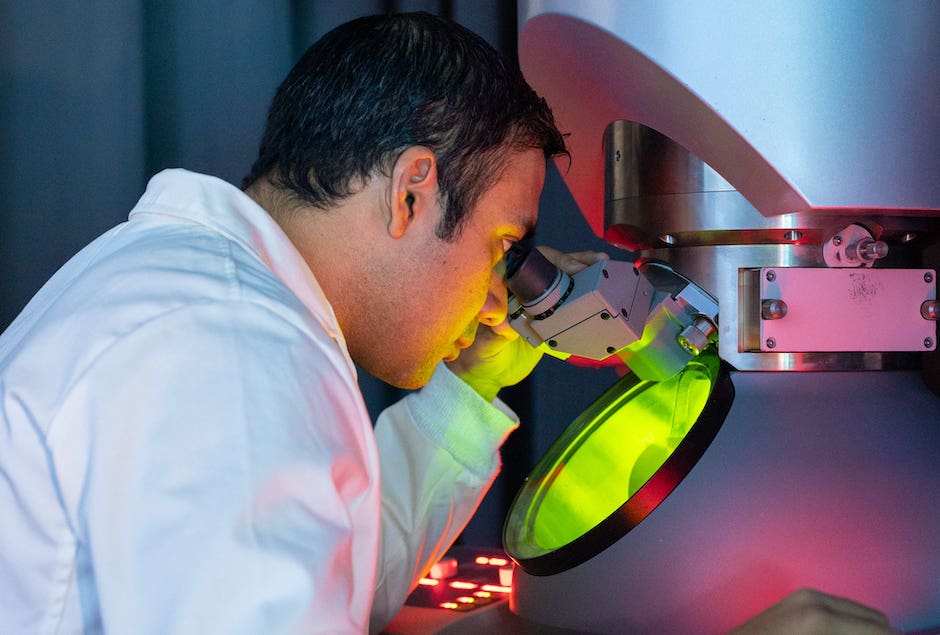Researchers in Saudi Arabia have developed micrometer-scale light emitting diodes (μLEDs) that can efficiently emit light across the entire visible-light spectrum.

Image credit: KAUST
The team at King Abdullah University of Science and Technology (KAUST) describes μLEDs as the ‘ideal building block’ for next-generation microLED displays for head-mounted monitors, mobile phones and televisions due to their brightness, quick response and reduced energy consumption.
Just as with conventional LED displays, μLEDs products will require arrays of red, blue and green light sources. Nitride-based alloys are a group of semiconducting material that offer a route to achieving this because, with the right chemical mix, they can emit all three colours.
However, when nitride devices are reduced in size to micrometer scales, they become poor emitters of light.
PhD student Martin Velazquez-Rizo explained that the main obstacle in reducing device size is the damage to the sidewalls of the LED structure generated during the fabrication process. “Defects provide an electrical path for a leakage current that does not contribute to the light emission,” Velazquez-Rizo said.
This effect worsens as the size of the LED shrinks, which has previously limited LED size to around 400 x 400 micrometers. Now, Velazquez-Rizo’s team claims to have developed bright red indium gallium nitride μLEDs of just 17 x 17 micrometers.
Along with colleagues Zhe Zhuang, Daisuke Iida and Kazuhiro Ohkawa, Velazquez-Rizo used a throughly calibrated atom deposition technique to create a ten-by-ten array of red μLEDs. The damage to the sidewalls was then eliminated using a chemical treatment.
“We confirmed with atomic-scale observations that the sidewalls had high crystallinity after the treatment,” said Velazquez-Rizo. “Performing this type of observation requires specialised tools and sample preparation.”
According to the researchers, they observed very high output power of 1.76 milliwatts from each mm2 on the device’s surface — a notable improvement on previous devices that reported an output power of less than one milliwatt per mm2.
They then demonstrated their red μLEDs with green and blue indium gallium nitride μLEDs to create a wide colour-range device.
Velazquez-Rizo said that the next step will be to further improve efficiency of the μLEDs and decrease their lateral dimensions below ten micrometers. The team’s paper is published in
Photonics Research.
About the online seminar Micro LEDforum 2021
Dates: Sept. 8, 2021 (Wed.)–Dec. 10, 2021 (Fri.)
Language: Mandarin (Chinese subtitles available)/English (Simultaneous subtitles in English and Chinese)
Contact persons:












